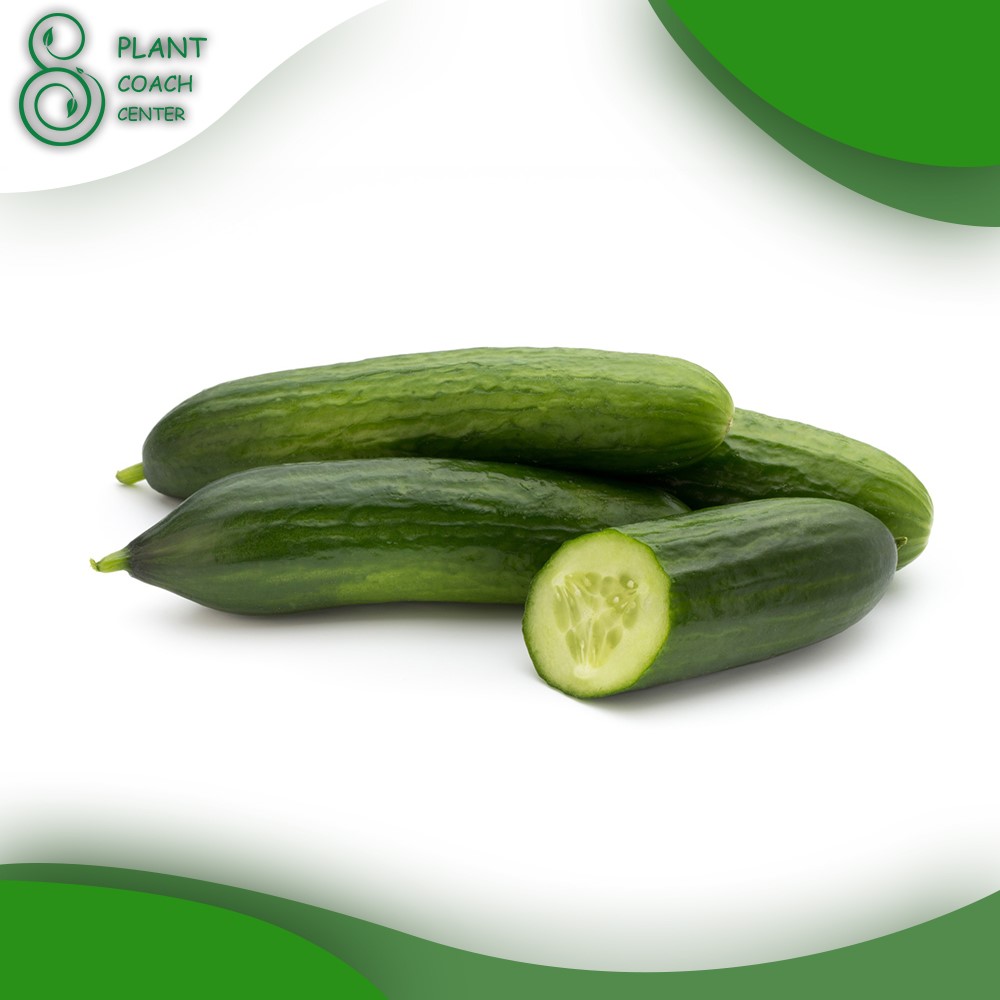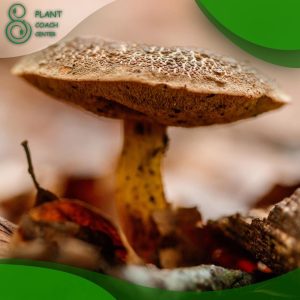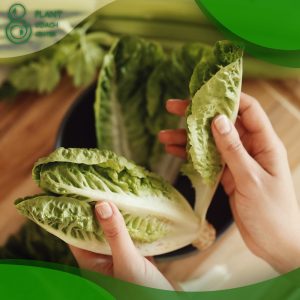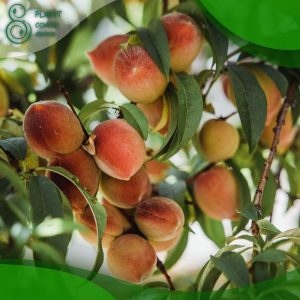Introduction: The Magic of Cucumbers
Have you ever wondered, “How do cucumbers grow?” You’re not alone. The growth of cucumbers, a favorite staple in salads and pickling recipes, is a wondrous process born out of the right blend of sunshine, water, and tender care.
With their refreshing crunch and hydrating properties, cucumbers are a beloved part of many diets. But how do these green, elongated fruits make their journey from tiny seeds to the produce aisle in your local supermarket? Or better yet, how can you cultivate them in your own garden? Let’s dive into the incredible world of cucumber growth.
The Life Cycle of a Cucumber Plant
Seed Germination
The journey of a cucumber plant begins with a small, hard seed. Planted in warm, fertile soil, these seeds break open in about 3-10 days, sending out tiny roots and shoots in search of nutrients and sunlight. This is the germination stage, and it’s the first step in the answer to “how do cucumbers grow.”
Growth and Development
Once the seedling emerges from the soil, it rapidly grows into a full-fledged plant. Cucumbers are vines, which means they love to climb. Given a trellis or stake, they will happily ascend, growing their iconic large, green leaves and budding tendrils along the way.
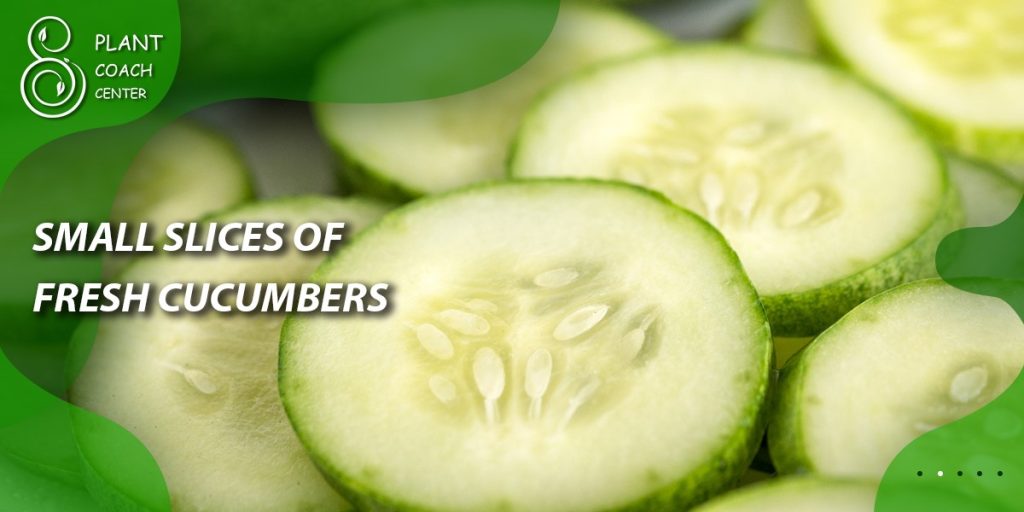
Flowering and Pollination
Cucumber plants are known for their bright yellow flowers. These blossoms are not just pretty to look at; they’re crucial for fruit production. Cucumbers have both male and female flowers. The male flowers generally appear first and in larger numbers. The female flowers, distinguishable by a small swelling at the base (the nascent cucumber), appear a bit later. Bees and other pollinators transfer pollen from male to female flowers, setting the stage for fruit development.
Fruit Development and Maturation
After successful pollination, the baby cucumber begins to grow. Initially tiny and spiky, it rapidly swells over a few days, eventually achieving its characteristic size, shape, and color. The fruit is ready to harvest generally within 50 to 70 days from planting, depending on the variety.
The Perfect Environment for Growing Cucumbers
Climatic Conditions
Cucumbers thrive in warm, humid conditions. They are sun-loving plants, requiring at least 6-8 hours of direct sunlight each day. Temperatures between 60-90°F are ideal for their growth.
Soil Requirements
Cucumbers prefer well-draining, fertile soil rich in organic matter. A slightly acidic to neutral pH (6.0-7.0) is optimal. Good soil is key to robust cucumber plants and a bountiful harvest.
Water and Irrigation Needs
Cucumbers are thirsty plants. Consistent watering is crucial, especially during flowering and fruiting stages. However, care should be taken to water at the soil level to prevent leaf diseases.
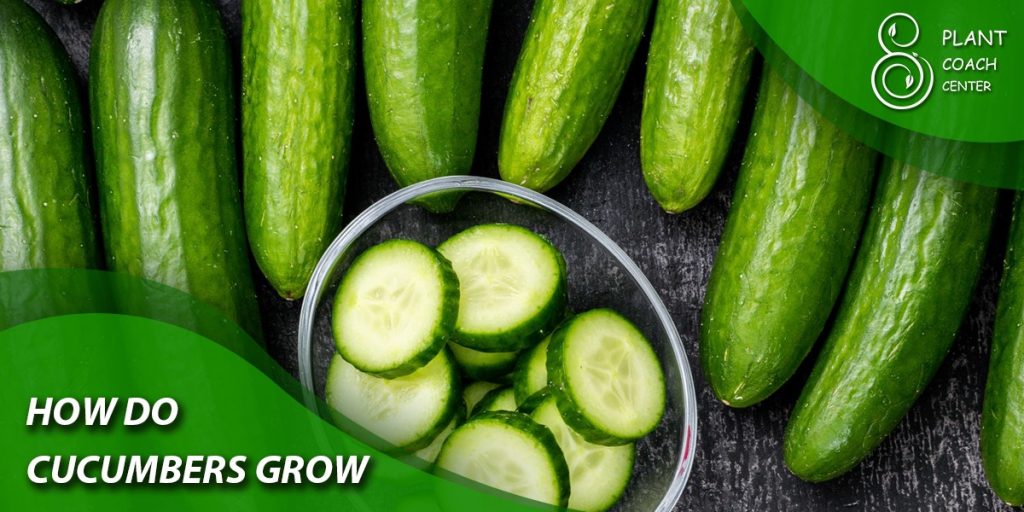
How to Cultivate and Care for Cucumber Plants
Planting Instructions
Cucumber seeds can be directly sown in the garden or started indoors if your growing season is short. Plant them 1 inch deep in the soil, and if planting in rows, keep a distance of about 2 feet between plants. If you’re using a trellis, which is highly recommended, the plants can be closer together.
Fertilization and Mulching
Cucumbers are heavy feeders, so a balanced vegetable or garden fertilizer can be helpful. Mulching around the plants can help retain soil moisture, suppress weeds, and keep the fruits clean.
Disease and Pest Control
Watch out for common pests like cucumber beetles and diseases like powdery mildew. Employing integrated pest management strategies, rotating crops, and choosing resistant varieties can help keep these problems in check.
Harvesting and Storing Cucumbers
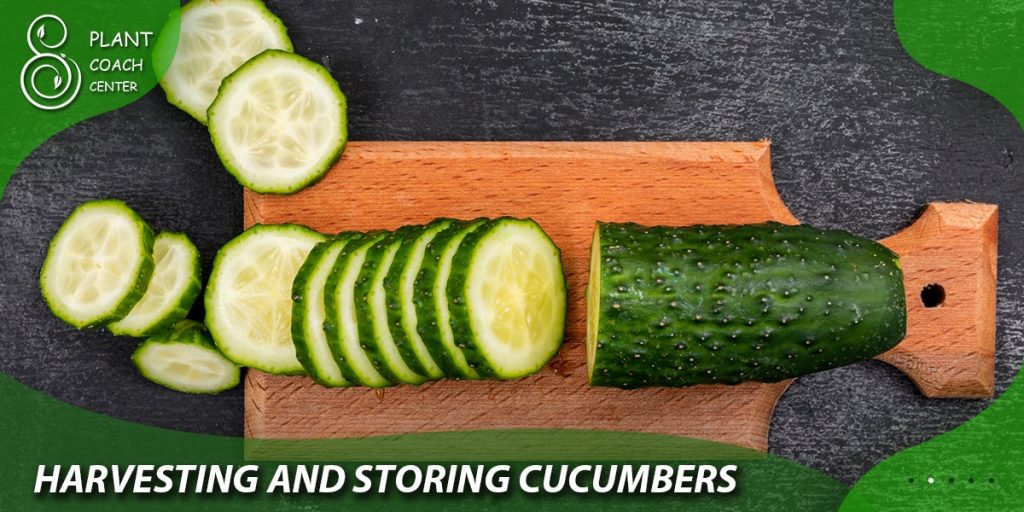
When and How to Harvest
Cucumbers are typically ready to harvest when they are bright green and firm. Size can vary depending on the variety, but it’s generally better to pick them when they’re on the smaller side to ensure good flavor and texture. Harvest by cutting the stem above the fruit.
Storing Fresh Cucumbers
Fresh cucumbers can be stored in the refrigerator for up to a week. For longer storage, consider pickling — a favorite way to preserve cucumbers.
Learn How to Grow Cucumbers
What are some common mistakes that people make when growing cucumbers?
Growing cucumbers can be a rewarding experience, but like any gardening endeavor, it’s easy to make mistakes, especially as a beginner. Here are some common pitfalls to avoid when growing cucumbers.
1. Planting too early: Cucumbers are warm-weather crops that are sensitive to frost. Planting them too early, when the soil is still cold, can hinder germination and growth.
2. Not providing enough space or support: Cucumbers are vining plants that need plenty of space to grow and climb. Without sufficient room or a proper trellis, the plants can become tangled and unhealthy. This can also lead to poor air circulation, which can increase the risk of diseases.
3. Inconsistent watering: Cucumbers are made up of about 95% water, so they need consistent moisture to thrive. Inconsistent watering can lead to problems like bitter taste or uneven growth. However, overwatering can also be a problem, as it can lead to diseases like root rot.
4. Ignoring soil health: Cucumbers prefer well-draining, fertile soil rich in organic matter. Ignoring soil health or planting them in poor soil can lead to weak plants and a poor harvest.
5. Not rotating crops: Planting cucumbers in the same spot year after year can lead to a buildup of diseases and pests in the soil. It’s a good practice to rotate your cucumber plants with other crops to keep the soil healthy.
6. Not managing pests and diseases: Cucumbers can be susceptible to a number of pests and diseases, including cucumber beetles, aphids, powdery mildew, and bacterial wilt. Not taking steps to manage these issues can lead to significant damage or even loss of your plants.
7. Harvesting too late: It’s important to harvest cucumbers when they’re still young and tender. Overripe cucumbers can be bitter and have tough skin and large, hard seeds.
8. By avoiding these common mistakes, you can increase your chances of growing a successful batch of cucumbers and enjoy the fruits of your labor all season long!
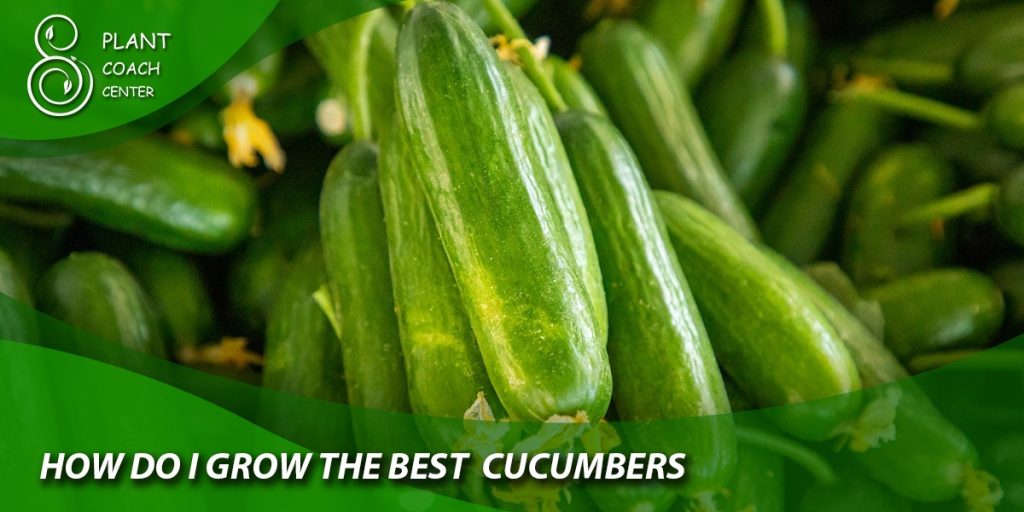
How can I ensure that my cucumber plants receive consistent moisture without overwatering them?
To ensure consistent moisture for cucumber plants without overwatering, use a mulch to retain soil moisture and water deeply but infrequently, allowing the top inch of soil to dry out between watering. Consider using a moisture meter or finger test to avoid overwatering. Always water at soil level to prevent leaf diseases.
Conclusion
Growing your own cucumbers can be a rewarding and fruitful endeavor. With the right conditions and care, you too can answer the question, “how do cucumbers grow?” by pointing to a bountiful cucumber vine in your own backyard or balcony. So why not give it a try? For more gardening tips and guides, visit plantcoachcenter.com.
How long does it take to grow a cucumber?
From seed to harvest, it typically takes between 50 to 70 days for a cucumber to grow.
Can I grow cucumbers in a pot?
Absolutely! Cucumbers can be grown in pots or containers. Just ensure the pot is deep enough for root development and use a climbing support for the best results.
Why are my cucumbers turning yellow?
Cucumbers can turn yellow due to over-ripeness, lack of water, or too much heat.
Do cucumbers need full sun?
Yes, cucumbers thrive in full sun. They need a minimum of 6-8 hours of direct sunlight each day.
How often should I water my cucumber plants?
Cucumber plants need consistent moisture, especially during the flowering and fruiting stages.
Can cucumbers grow without pollination?
Some varieties of cucumbers, known as parthenocarpic varieties, can produce fruit without pollination.


